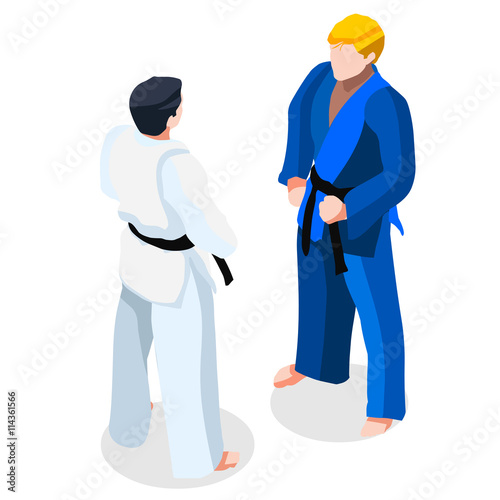Did you recognize that there more than 20 different taekwondo forms, each with its own special sequence of movements and methods? These forms, also known as poomsae, play a crucial duty in the method and growth of taekwondo specialists.
However what exactly are these types, and why are they so considerable? In this conversation, we will discover the basics of taekwondo types, their origins, and the key elements that make them an important part of this fighting style.
Whether you're a beginner or a seasoned specialist, comprehending the value of taekwondo types will certainly grow your recognition for this ancient technique and boost your journey in the direction of proficiency.
Beginnings and Advancement
The beginnings and advancement of Taekwondo can be mapped back to ancient fighting styles techniques in Korea. It was established over 2,000 years back and has because become a popular and worldwide recognized sporting activity.
just click the following article was greatly influenced by numerous Oriental martial arts styles, such as Taekkyon and Subak, along with Chinese martial arts. visit the up coming website was at first made use of as a means of self-defense, but over time, it evolved into an affordable sporting activity that focuses on striking techniques and high kicks.
In the 20th century, Taekwondo went through a substantial transformation and was standardized right into its contemporary form. The Korea Taekwondo Association played an important function in this process, helping to develop guidelines, techniques, and creates that are still adhered to today.
Crucial Element and Strategies
Currently let's check out the essential aspects and strategies of Taekwondo. To fully comprehend the crucial elements and strategies, it is necessary to delve much deeper into the following subtopics:
- Positions: Taekwondo emphasizes the appropriate use stances, such as the front stance, back position, and equine position. These positions supply security, equilibrium, and power in executing various methods.
- https://worldbestmartialartsman33198.tusblogos.com/32575566/the-basics-and-significance-of-taekwondo-types and Kicks: Taekwondo is renowned for its powerful and dynamic kicks, including the front kick, roundhouse kick, and side kick. Strikes, such as punches and knifehand strikes, are additionally crucial strategies in Taekwondo.
- Blocks and Defense: Reliable defense is critical in Taekwondo. Blocks, such as the high block and low block, are used to shield against inbound assaults. Appropriate timing and positioning are crucial to efficiently protecting oneself.
Benefits and Influence
One of the significant advantages of practicing Taekwondo is the renovation of fitness and general wellness. By participating in normal training sessions, you can improve your cardiovascular wellness, strength, flexibility, and endurance. Taekwondo involves a selection of activities that target different muscle mass teams, aiding you construct a solid and toned figure.
In addition, this martial art promotes mental well-being by decreasing stress and stress and anxiety levels. The discipline and emphasis required in practicing Taekwondo can help improve your focus and improve your capacity to handle challenging circumstances.
Additionally, the practice of Taekwondo imparts a sense of positive self-image, self-control, and self-discipline, which can positively influence various locations of your life. In general, practicing Taekwondo can result in a much healthier and a lot more balanced way of life.
Conclusion
So there you have it! Taekwondo types aren't just plain regimens, but a depiction of the rich history and evolution of this fighting style. By mastering the key elements and techniques, practitioners can reap various physical and mental advantages.
From increased martial arts reigns - chapter 127 and strength to boosted focus and self-control, taekwondo forms have an enduring effect on those that exercise them.
So, whether you're a novice or a knowledgeable martial artist, welcome the power of these kinds and let them take you on a trip via time.
